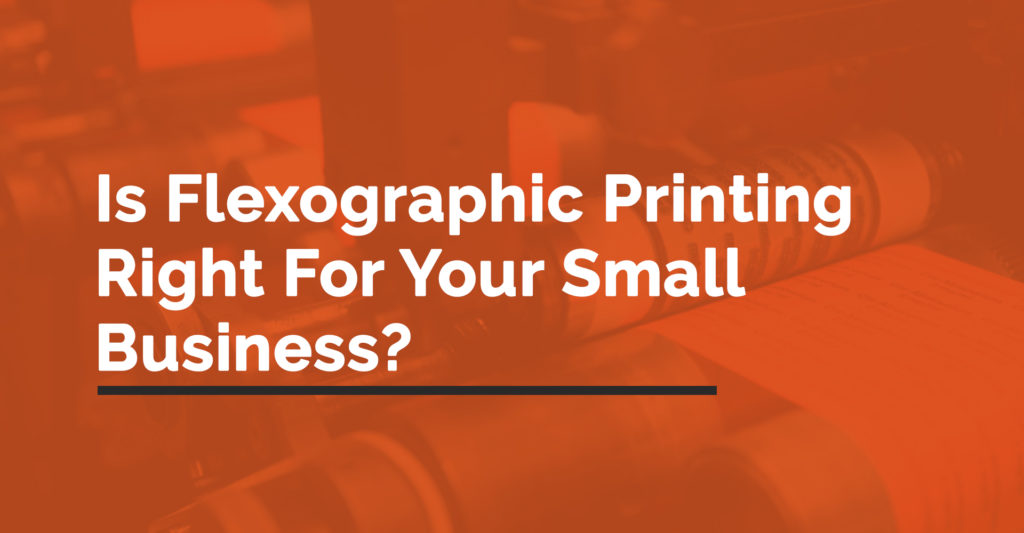
Flexographic printing technology is becoming the number one choice for business owners worldwide. This is thanks to its significant benefits, such as cost-efficiency, versatility, and high-quality print. But is flexographic printing right for your small business?
Flexographic printing has and continues to make waves in the commercial printing industry. It’s a viable choice, especially if you’re after faster runs, quality prints, and cost-efficiency.
True enough, flexographic printing brings forth a ton of benefits for businesses and packaging manufacturers, thanks to its ability to provide flexible solutions. Some of its benefits include versatile application on any substrate, quicker production time, less expensive machinery, and energy-saving operation, among others.
Many small businesses that used to maneuver digital printing are now looking to make the switch. However, flexographic printing may not be for everyone. Is it right for your small business? Should you try out flexographic printing? Here are some reasons you might want to:
Flexographic printing produces high-quality print
The flexographic printing technology has made a name for itself as the print method that can produce high-quality prints. Even without the use of special coating, the output boasts of high resolution and consistent quality.
It has quicker production times
A cycle of flexographic printing has an average speed of 150 to 300 feet per minute. Some machinery can produce much quicker, going at 600 feet per minute. This, in turn, reduces the production time, saving energy and money.
With that, flexographic printing is great for long-run, high-volume production purposes. But it is also cost-effective for smaller orders because of a reduced set up time. Hence, it’s also a profitable option for small businesses.
Versatile application across a variety of industries, substrates, and inks
Versatility is the name of the game for the flexographic printing industry. True to its name, flexo printing is very flexible, able to perform across any substrate or ink. Whether you opt for a solvent-based ink or you’re after the more sustainable water-based ink option, it will work well in a modern flexo machine. A flexographic press is also equipped with efficient drying technology that ensures the proper curing of any ink you opt for.
This printing process is used in many types of industries, such as textile printing, label printing, packaging printing for the food industry, etc., and produces high-res prints on any substrate.
Cost-efficient in terms of equipment and production costs
Flexographic printing equipment is, in the long run, cheaper than those required for other printing technologies. High-end machinery has an average cost of US$1.8M, significantly more affordable compared to its counterparts in rotogravure and digital printing.
The plates used in flexography are also less costly, being adept for reusing multiple times without additional costs. Plus, storage is much easier and requires less space and shelving units.
Easy maintenance procedures
Flexo machines have short setup and job changing times. They don’t require much maintenance and will be able to sustain a prolonged production lifespan. But of course, regular servicing is ideal to ensure that the machines function optimally. Read our ergonomic tips to keep your employees safe during the flexographic printing process.
Flexographic printing has changed the game for business — and maybe can do wonders for yours too. With the significant benefit of this innovative printing process, there is no harm in trying it out and seeing what it can contribute to your business.
